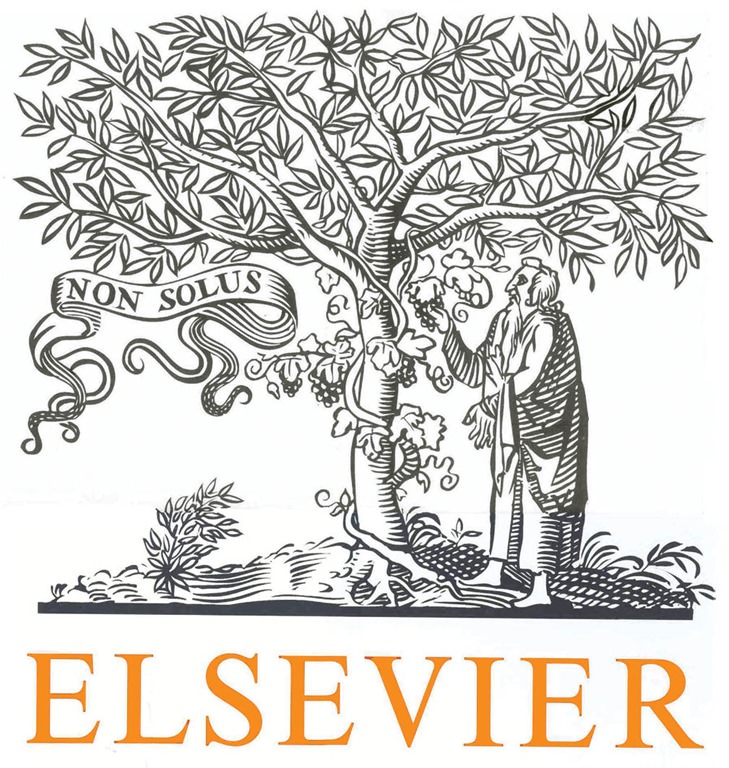5. Conclusions
In this paper, the focus was put on the protection problem in elastic optical networks with the objectives of minimizing the resources used on the network with a low blocking probability. Two approaches were proposed for connection protection: the first one with dedicated and the other one with sharing backup resource. For primary and backup path computation, paths that use less power consumption and have more resources were selected. For the resource allocation, the traditional mechanisms “First Fit or Best Fit” were used to identify and select the available resources under the constraint of spectrum contiguity and continuity. In addition, the blocking probability of HybPL was compared to the Shared Backup Path Protection SBPPFR approach. The network performance was evaluated with the present HybPL, MRU-DP and the DP algorithms. The evaluation results show that our HybPL approach provides a lower blocking probability and better resource utilization on the network.








